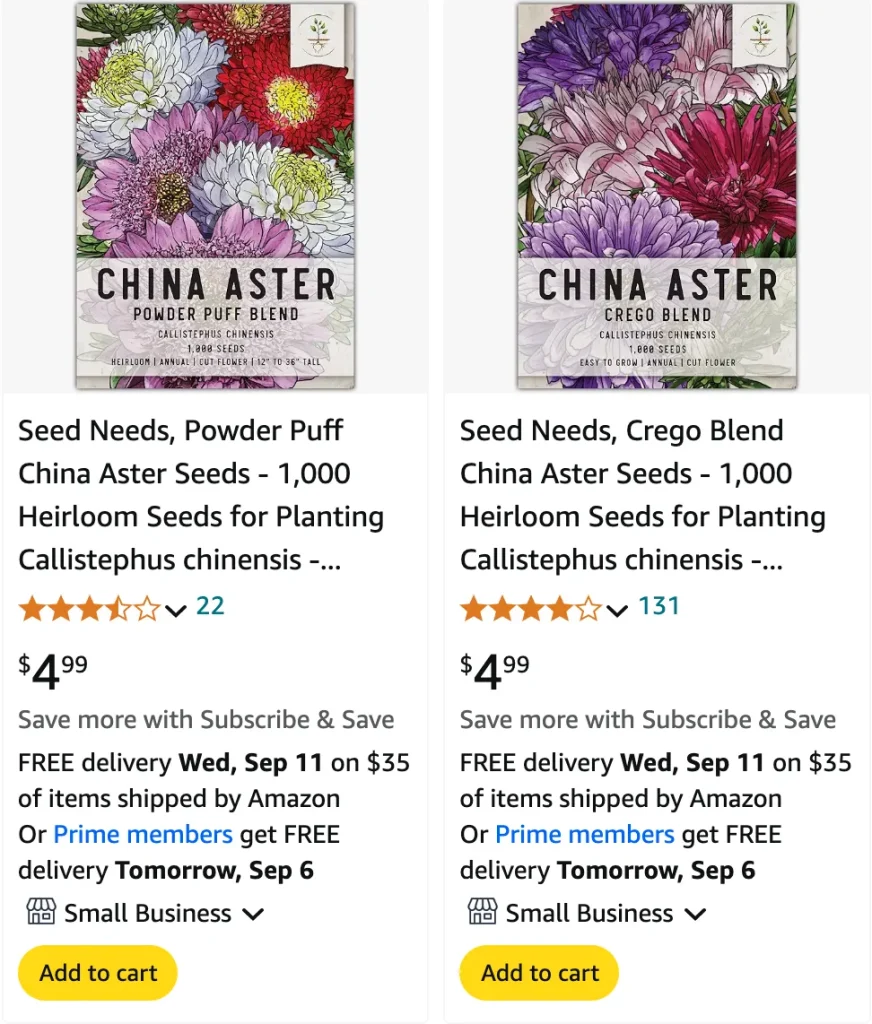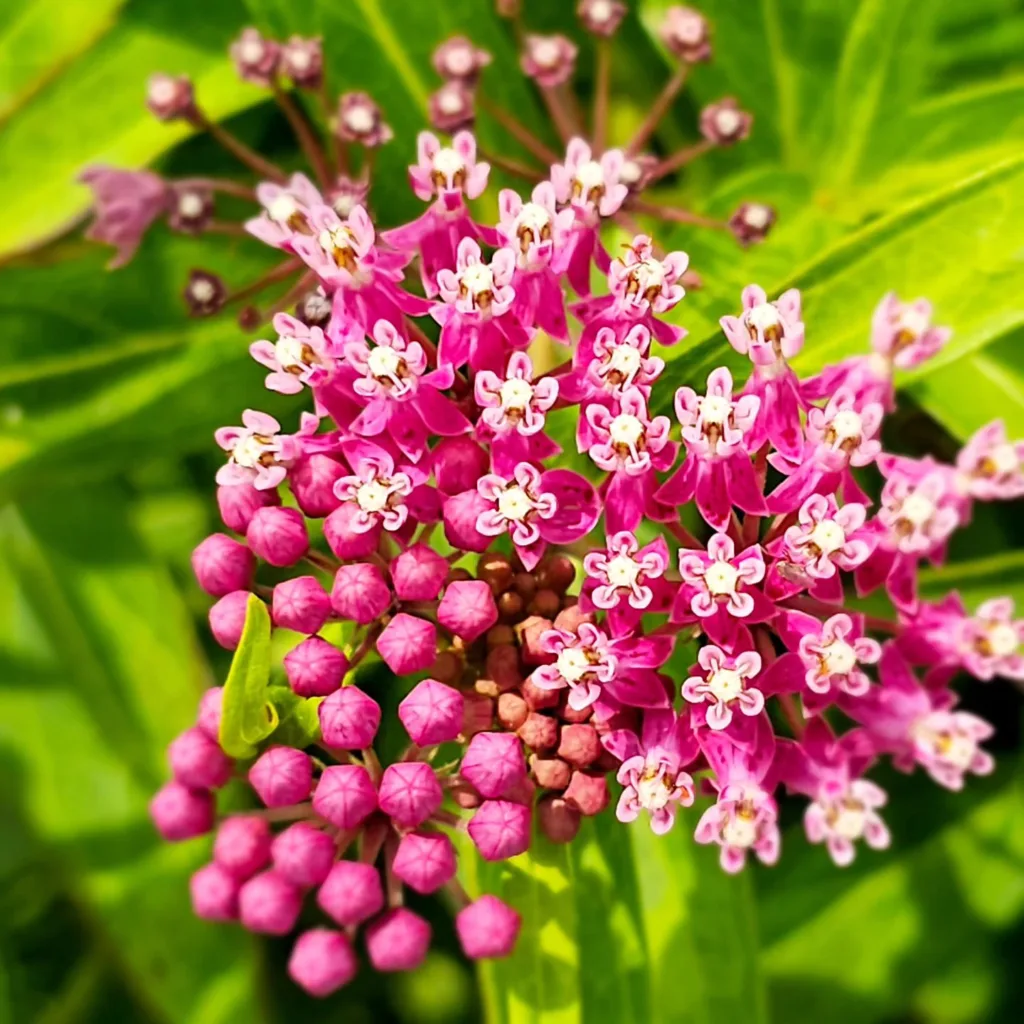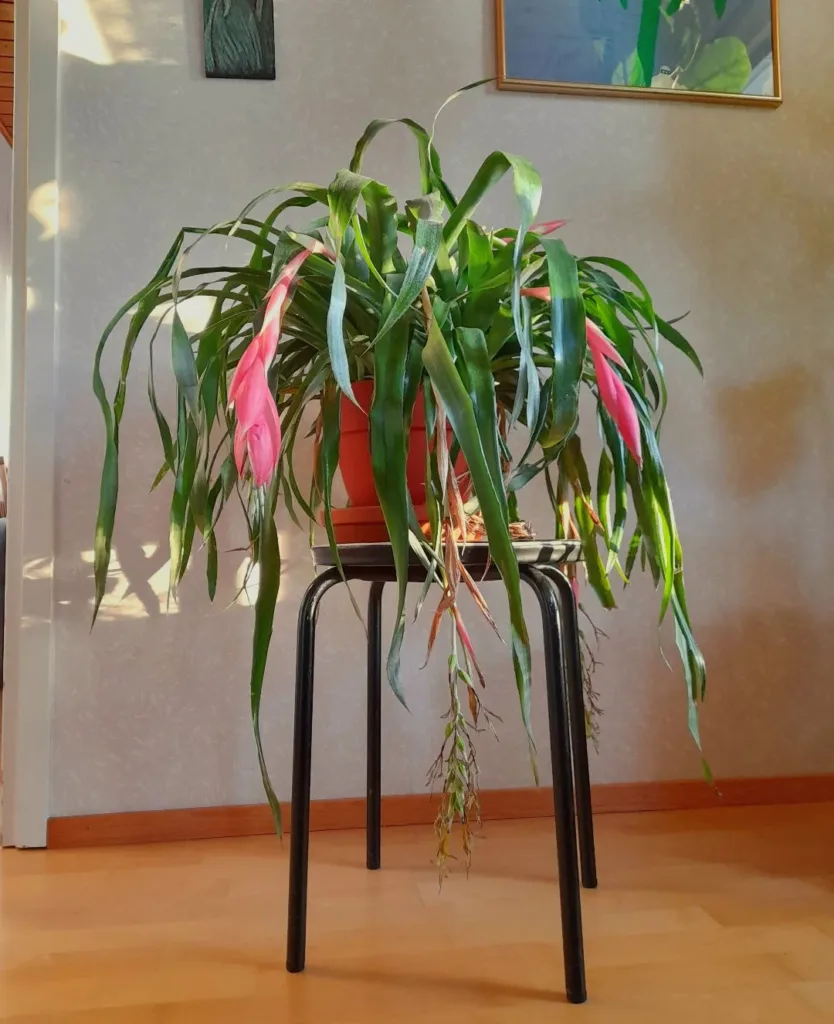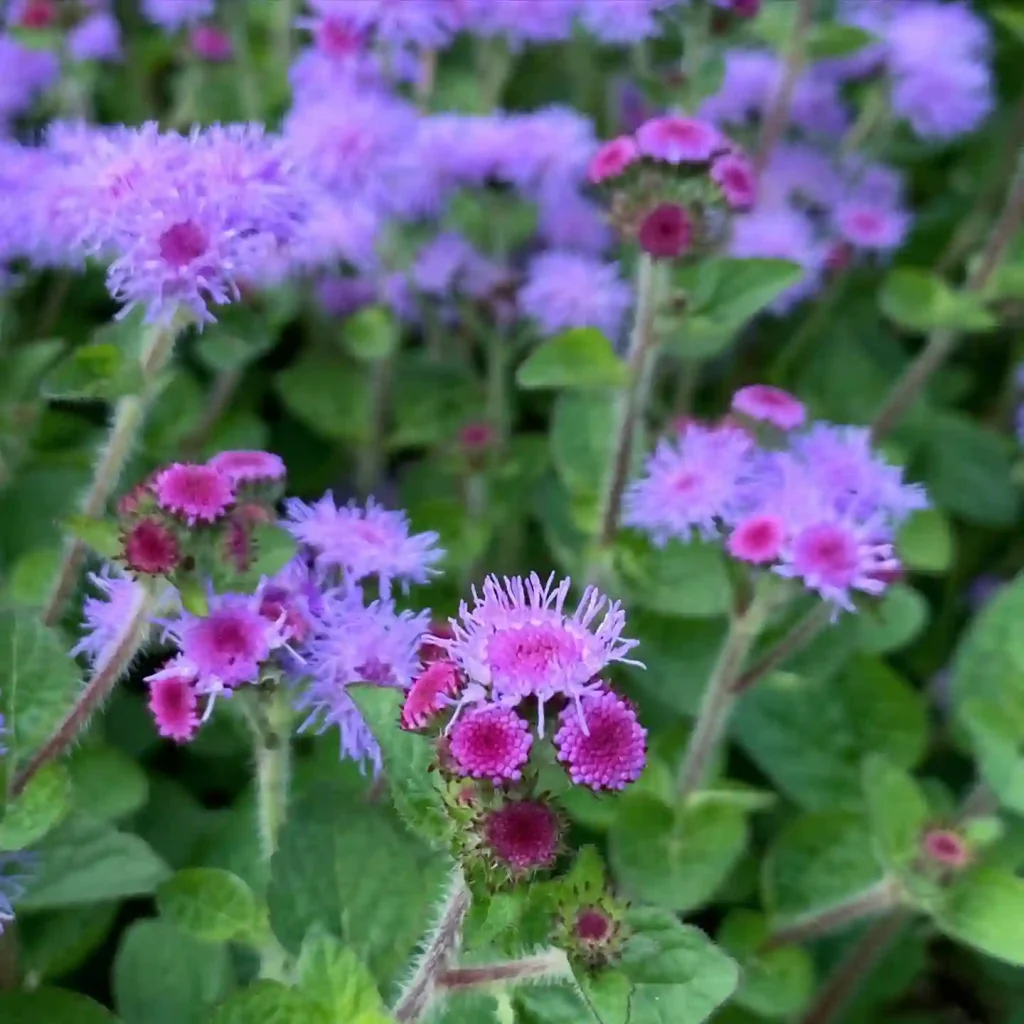
October 21 – Callistephus
"Callistephus, the China aster, defines October 21."
Callistephus symbolizes beauty and patience. You achieve greatness through perseverance. Like its layered petals, your success is multifaceted.
Callistephus: A Floral Fascination
As a plant enthusiast, I, Ferb Vu, am always captivated by the sheer diversity and beauty of the botanical world. Among the myriad of genera that grace our planet, one that holds a special place in my heart is Callistephus. This captivating genus, belonging to the Asteraceae family, is a testament to nature’s artistry, boasting vibrant blooms that can transform any garden into a mesmerizing spectacle.
Delving into the World of Callistephus
Callistephus, derived from the Greek words “kallos” (beauty) and “stephos” (crown), is a monotypic genus, meaning it contains only one species: Callistephus chinensis. This species, commonly known as the China aster or annual aster, is native to China and Korea, but its allure has spread far and wide, making it a beloved ornamental plant across the globe.
The China aster is an annual or biennial plant, characterized by its erect, unbranched stem that can reach heights of 20 to 100 centimeters. Its leaves, arranged alternately along the stem, vary in shape and size, adding to the plant’s visual interest. However, the true showstopper is the aster’s flower head, a composite structure composed of numerous tiny florets. These florets come in a dazzling array of colors, including white, pink, red, purple, blue, and yellow, often with contrasting central disks.
How to Grow Callistephus Chinensis from Seed?
Growing Callistephus Chinensis from seed is a rewarding process, but it requires some patience and attention. Start by selecting high-quality seeds from a reputable source. In early spring, sow the seeds in a seed-starting mix, covering them lightly with soil. Keep the soil consistently moist but not waterlogged. Place the containers in a warm, sunny location or under grow lights to encourage germination. Once the seedlings have developed their first set of true leaves and are large enough to handle, transplant them into individual pots or directly into your garden.
How to Care for Callistephus Chinensis?
Callistephus Chinensis thrives in well-draining soil and full sun. It prefers a soil pH of 6.0 to 7.0. Regular watering is crucial, especially during dry periods, but be careful not to overwater as this can lead to root rot. Fertilize the plants every few weeks with a balanced fertilizer to encourage healthy growth and abundant blooms. Deadhead spent flowers regularly to promote continuous blooming throughout the growing season.
How to Propagate Callistephus Chinensis?
Propagation of Callistephus Chinensis is primarily done through seeds. While it is possible to take cuttings, this method is less common and can be more challenging. To propagate from seeds, simply collect the mature seeds from spent flowers and store them in a cool, dry place until ready to sow. For best results, sow seeds in early spring or late summer, depending on your climate.
What to Plant with Callistephus Chinensis?
Callistephus Chinensis pairs well with a variety of other garden plants. Consider planting them alongside other annuals like marigolds, zinnias, or cosmos to create a colorful, lively display. They also look beautiful when combined with perennials like daylilies or coneflowers. Be sure to choose companion plants that have similar light and water requirements to ensure a harmonious garden.
Can You Grow Callistephus Chinensis Indoors?
Growing Callistephus Chinensis indoors is possible but requires specific conditions. Provide a sunny location with plenty of light, such as a south-facing window, or use grow lights to mimic natural sunlight. Maintain a consistent temperature between 65°F and 75°F (18°C and 24°C). Regular watering and occasional fertilizing will help keep the plants healthy. However, keep in mind that indoor environments can be less forgiving, and the plants may not reach their full potential compared to outdoor growth.
Is Callistephus Chinensis Toxic?
No, Callistephus Chinensis is not considered toxic to humans or pets. It is generally safe to grow in gardens where children or animals play. However, as with any plant, it’s a good idea to monitor for any unusual reactions if ingested, especially in large quantities.
Benefits of Callistephus Chinensis
Callistephus Chinensis offers several benefits to gardeners. Its bright, cheerful blooms can brighten up any garden space and attract pollinators like bees and butterflies. The plant is also relatively easy to grow and maintain, making it a great choice for both novice and experienced gardeners. Additionally, its long-lasting flowers make it an excellent choice for cut flower arrangements.
Common Problems with Callistephus Chinensis
While Callistephus Chinensis is generally robust, it can be susceptible to a few common issues. Watch out for pests such as aphids and spider mites, which can damage the foliage and flowers. Powdery mildew can also be a problem, especially in humid conditions. Ensure good air circulation around the plants and avoid overhead watering to reduce the risk of mildew. If you notice any signs of disease or pests, take action promptly to protect your plants.
How Does Callistephus Chinensis Compare with Other Similar Plants?
Callistephus Chinensis is often confused with other aster species, such as the New England Aster or the Michaelmas Daisy. Unlike these perennial asters, Callistephus Chinensis is an annual, which means it completes its life cycle in one growing season. It also differs in its flower form and color variations. While perennial asters come back year after year, Callistephus Chinensis will need to be replanted each season.
A Personal Connection
My fascination with Callistephus goes beyond its botanical characteristics. For me, it’s a reminder of the simple joys in life. The sight of a China aster in full bloom, its petals dancing in the breeze, fills me with a sense of peace and wonder. It’s a reminder to appreciate the beauty that surrounds us, even in the midst of life’s hustle and bustle.
Whether you’re a seasoned gardener or a novice plant lover, I invite you to explore the world of Callistephus. Discover the charm of the China aster, and let its vibrant blooms bring joy to your garden and your heart.
If i die, water my plants!



